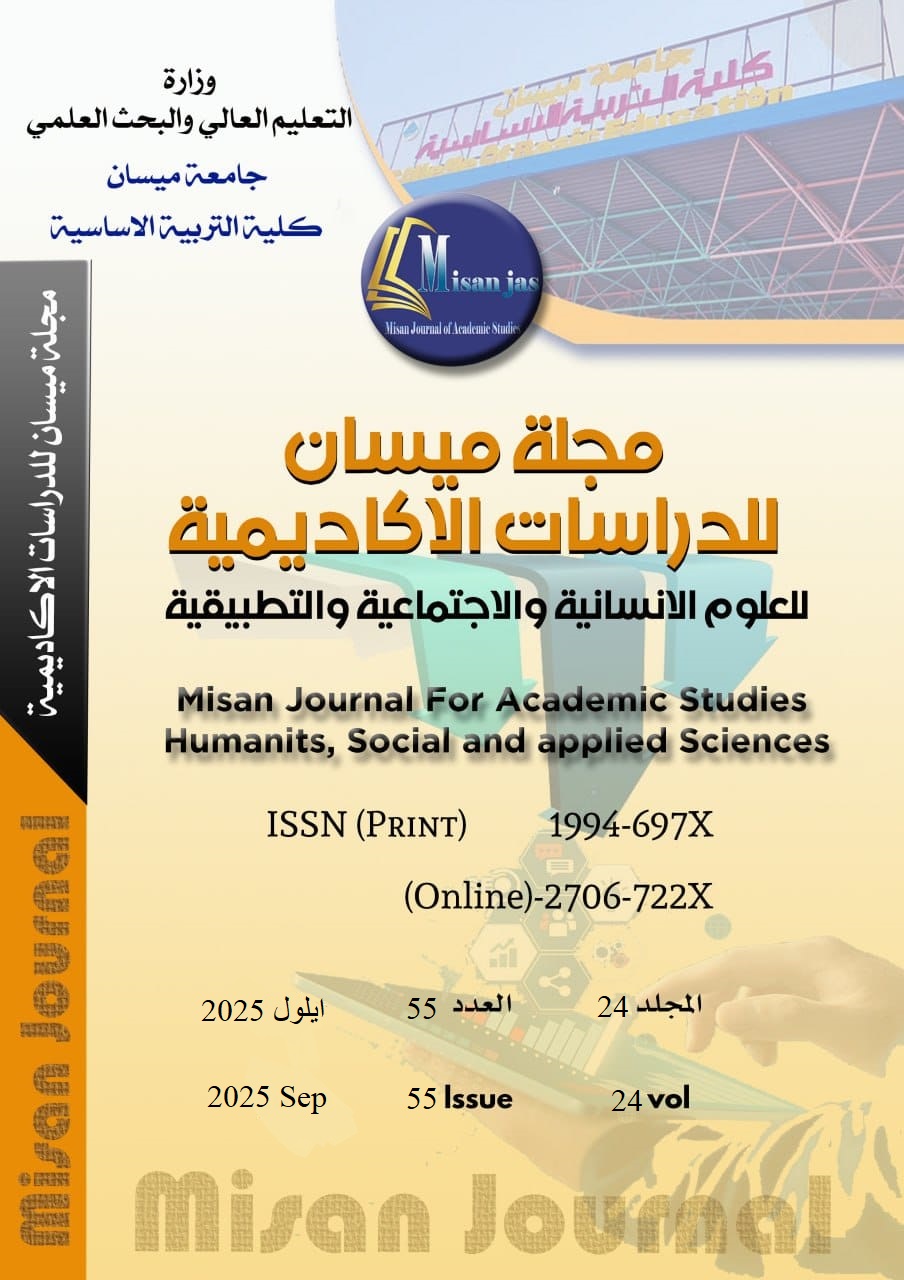A Comparative study between Boundary and Finite Element Techniques for solving Inverse Problems
الملخص
Inverse problems are of central importance in many scientific and engineering disciplines, where the main objective is to determine unknown internal properties based on limited or indirect observations. Among the most prominent numerical approaches used to address such problems are the Finite Element Method (FEM) and the Boundary Element Method (BEM). This paper presents a comparative analytical study between the two methods with respect to numerical accuracy, computational requirements, and the treatment of boundary conditions. The BEM has proven its efficiency in unbounded domains, as it requires discretization of boundaries only, which significantly reduces the problem size. On the other hand, the FEM remains more suitable for problems involving complex geometries, heterogeneous materials, and nonlinearities. The results highlight that the selection of the most appropriate method ultimately depends on the specific nature of the inverse problem, the type of governing equations, and the availability of reliable data.
التنزيلات
الحقوق الفكرية (c) 2025 مجلة ميسان للدراسات الأكاديمية (العلوم الانسانية والاجتماعية والتطبيقية)

هذا العمل مرخص حسب الرخصة Creative Commons Attribution-NonCommercial-NoDerivatives 4.0 International License.
تخضع جميع المقالات المنشورة في مجلتنا لشروط الترخيص
إسناد المشاع الإبداعي(CC BY-NC-ND 4.0)يسمح هذا الترخيص بإعادة إنتاج المحتوى وإعادة توزيعه وإعادة استخدامه كليًا أو جزئيًا لأي غرض مجانًا ، دون أي إذن من المؤلف (المؤلفين) أو الباحث او الطالب.
الأعمال المقدمة إلى مجلة ميسان للدراسات الاكاديمية للنشر في المجلة تخضع لشروط ترخيص(CC BY-NC-ND 4.0). حيث يمكن مشاركة المحتوى المتاح وتوزيعه وتكراره بشرط عدم وجود ربح تجاري ويجب منح الرصيد المناسب للمصدر الأصلي من خلال المصادر او الاستشهادات. من الضروري ومراجعة أي مواد تستخدم من مصادر أخرى بما في ذلك الأشكال والجداول والصور لإعادة استخدامها بموجب شروط ترخيص المشاع الإبداعي (CC BY-NC-ND 4.0). وبشرط عدم وجود تعديل على المحتوى الأصلي



